The Oil Fish, also known as the “Oilfish,” is a species of fish known as a “snake mackerel,” which lives in tropical and temperate seas.
Researchers place this species in the Gempylidae family, along with other snake mackerel species, escolar, and snoek. Some of their more distant relatives include tunas, mackerels, bonitos, butterfishes, and more. Read on to learn about the Oil Fish.
Description of the Oil Fish
This species shares a resemblance to the escolar. It has a torpedo-shaped body, dark colored scales, and large eyes. The largest individuals can reach lengths up to 10 ft., but most measure about 5 ft. long at the most. Researchers recognize the heaviest recorded specimen as 140 lbs.
Interesting Facts About the Oil Fish
This fish not only shares a similar appearance to escolar, but it also shares similar risks as well. Learn more about this species, below.
- What’s in a Name – Based on the name, you might guess that this fish has oily meat, and you would be correct! Their meat contains about 25% oil!
- Wax Ester – However, instead of digestible oils, the oil in this species consists of wax esters. In short, wax esters contain fatty acid and fatty alcohol, and do not digest readily.
- Keriorrhea – Instead of processing the oil, the body simply disposes of it through the digestive system. However, this causes digestive upset in the form of stomach cramps and oily bowels, known as keriorrhea.
- Banning – Though you can eat this species of fish in the U.S., Italy and Japan have both banned importing this fish. The primary concern with consuming this species is mislabeling, where markets label the fish as “cod fish” or “butterfish” misleading consumers.
Habitat of the Oil Fish
Like its close relative, the escolar, this species lives in relatively deep waters and occupies benthopelagic habitats. This means that it utilizes habitats along the sea floor as well as in the water column. It lives in waters as shallow as 300 ft. deep, and as deep as 2,600 ft. or more.
Distribution of the Oil Fish
Again, this species has distribution quite similar to the escolar. You can find these fish near the coasts in tropical and temperate seas worldwide. It ranges along large portions of both coasts in North, Central, and South America. It also lives along the coastline of Europe, Africa, and Australia. You can find it along the coasts of many of the various Indo-Pacific islands as well.
Diet of the Oil Fish
This fish has carnivorous feeding habits, which means that it hunts for other animals. Its prey varies based on where it lives, however, most populations feed on small fish, squid, and crustaceans. It eats just about anything it can easily catch and swallow.
Oil Fish and Human Interaction
People in some regions directly target this fish species as a food source. In some Pacific islands, people use a specialized hook, known as a ‘palu,’ to catch this species. Some commercial fisheries for swordfish and tuna also accidentally catch this species as bycatch.
These activities have not impacted the population as a whole, and the IUCN lists the species as Least Concern.
Domestication
Humans have not domesticated this fish in any way.
Does the Oil Fish Make a Good Pet
No, you would not want to keep this fish as a pet. It grows quite large, and would not fit in a home aquarium.
Oil Fish Care
Aquariums do not generally keep this fish in their tanks. Hypothetically, you would need to house this species in incredibly large, deep tanks. Additionally, aquariums would need to replicate the natural temperature and pH of their habitats. Their diet would consist of fish, squid, and crustaceans.
Behavior of the Oil Fish
Researchers know little about this fish. Most sightings find the fish as a solitary hunter, or lurking near the bottom in pairs. However, no sightings show the fish congregating in schools. They migrate between the continental shelf and offshore waters.
Reproduction of the Oil Fish
Again, we have little information on the breeding behavior of this fish. They reproduce via spawning, where fertilization occurs outside of the body. The females release their eggs and the males release their sperm.

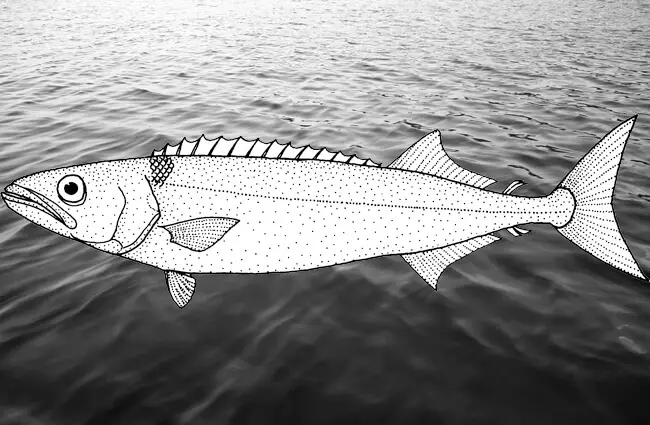
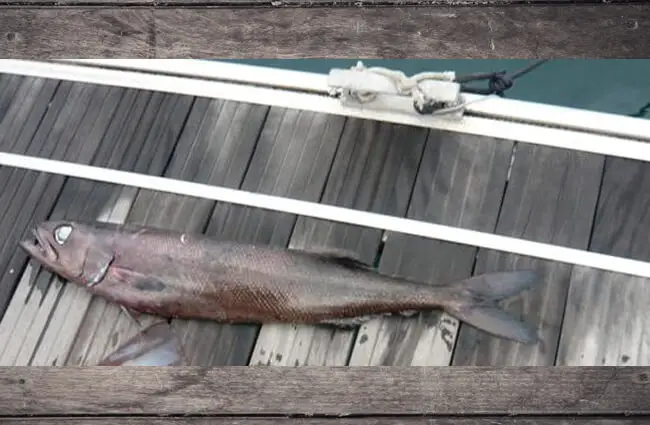

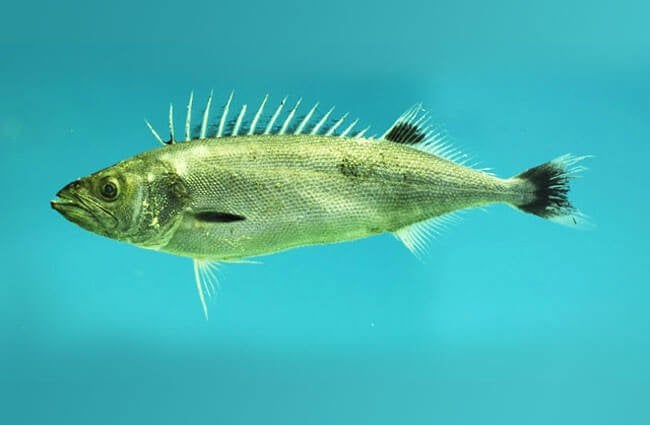
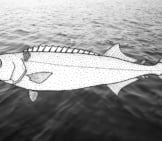
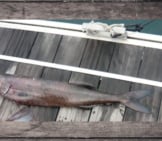


![Red Angus Closeup of a beautiful Red Angus cowPhoto by: U.S. Department of Agriculture [pubic domain]https://creativecommons.org/licenses/by/2.0/](https://animals.net/wp-content/uploads/2020/03/Red-Angus-4-238x178.jpg)












![Red Angus Closeup of a beautiful Red Angus cowPhoto by: U.S. Department of Agriculture [pubic domain]https://creativecommons.org/licenses/by/2.0/](https://animals.net/wp-content/uploads/2020/03/Red-Angus-4-100x75.jpg)

